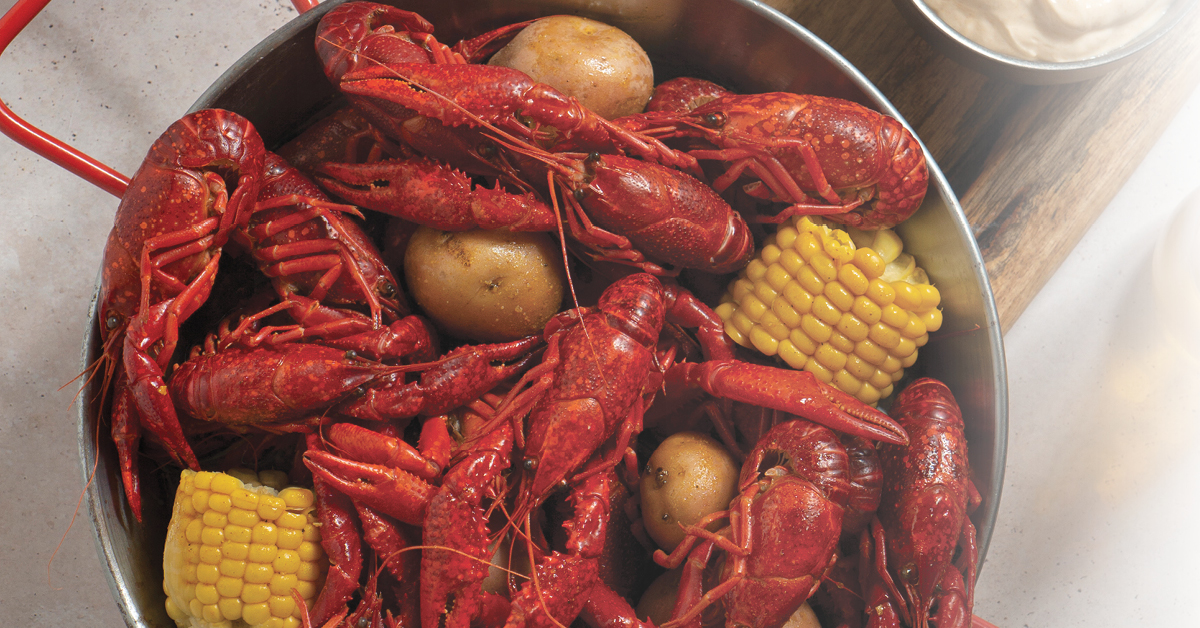
Renting a Home – Six reasons why it makes good sense
April 2024
Running From Injuries
May 2024by Taylor Trahan Henry
Since the early 1800s, crawfish farming has been a cornerstone of Louisiana’s agricultural landscape. What began as a modest enterprise has transformed into a robust industry. Today, according to the Louisiana Department of Wildlife and Fisheries, crawfish represent a staggering $300 million industry in the state, supplying between 100 to 120 million pounds annually across the country and around the world.
Additionally, farmers, processors, and packers in the Southwest Louisiana and Acadiana seafood industries rely heavily on H-2A and H-2B visas for their strong, dedicated workforce. These migrant workers are permitted for seasonal work and, according to LSU AgCenter, represent an additional significant economic footprint for the seafood industry.
Within the industry is a rich tradition of generational farming. Many operations are led by multi-generational teams, tending to family-owned or leased land. If you ask most farmers around Southwest Louisiana, the path to farming is similar. They grew up fishing farms alongside fathers and grandfathers, all with dreams of taking over when the time came.
Despite Louisiana’s history of profitable mudbug harvests, the 2024 crawfish season has presented significant challenges. A late and sluggish start, attributed in large part to last year’s drought conditions, has caused concerns among farmers. Typically, fishing can commence as early as December, but this year, significant catches didn’t realize until late February or early March. Consequently, the market has experienced a strain between high demand and low supply, resulting in higher prices for consumers hoping to dine on a Louisiana delicacy in a much-anticipated season.
Even though buyers are seeing elevated prices, farmers aren’t seeing elevated profits. Mark Shirley, Ph.D., an LSU AgCenter Crawfish Specialist, notes that regardless of the catch size, the operational costs remain consistent. This means that even with higher prices, farmers aren’t necessarily reaping additional profits.
The ramifications of the 2024 season stretch far beyond the levees of Louisiana’s 250,000 acres of crawfish ponds. The industry’s struggles trickle throughout the state, affecting supporting sectors such as fuel, labor, and retail sales in restaurants. Moreover, the effects may persist into the next season, as ponds depleted this year will require restocking.
The proactive efforts of state and federal officials may provide a glimmer of hope for struggling farmers. Governor Jeff Landry’s March 6 declaration of a disaster and the legislative initiatives spearheaded by Congresswoman Julia Letlow and Senator John Kennedy signal a concerted commitment to aiding Louisiana’s agricultural sector. The proposed USDA relief programs offer a lifeline to farmers grappling with the fallout of the challenging season.
Looking ahead, there’s cautious optimism for the future of crawfish farming in Louisiana. While the scars of the 2024 season may linger, they serve as a testament to the industry’s resilience and adaptability. As the season progresses, one thing remains certain: the spirit of Louisiana’s crawfish farmers will endure. Likewise, Louisianans won’t soon lose their taste buds for that spicy, savory flavor! Top of Form






